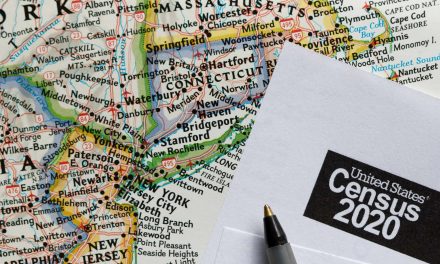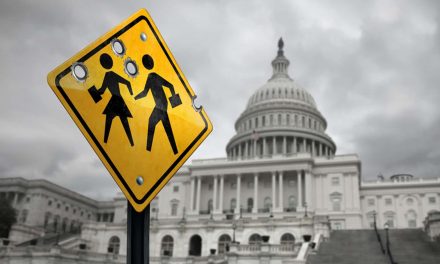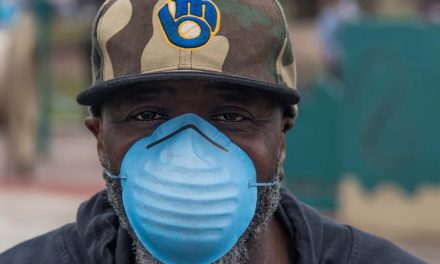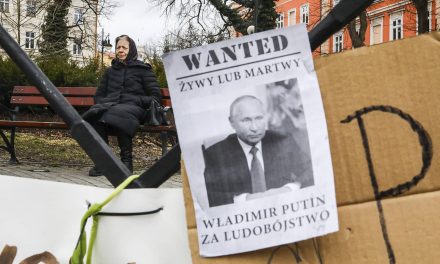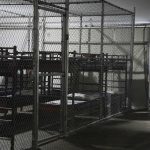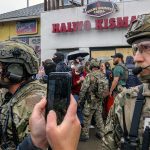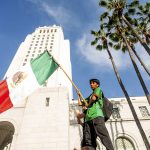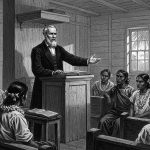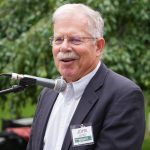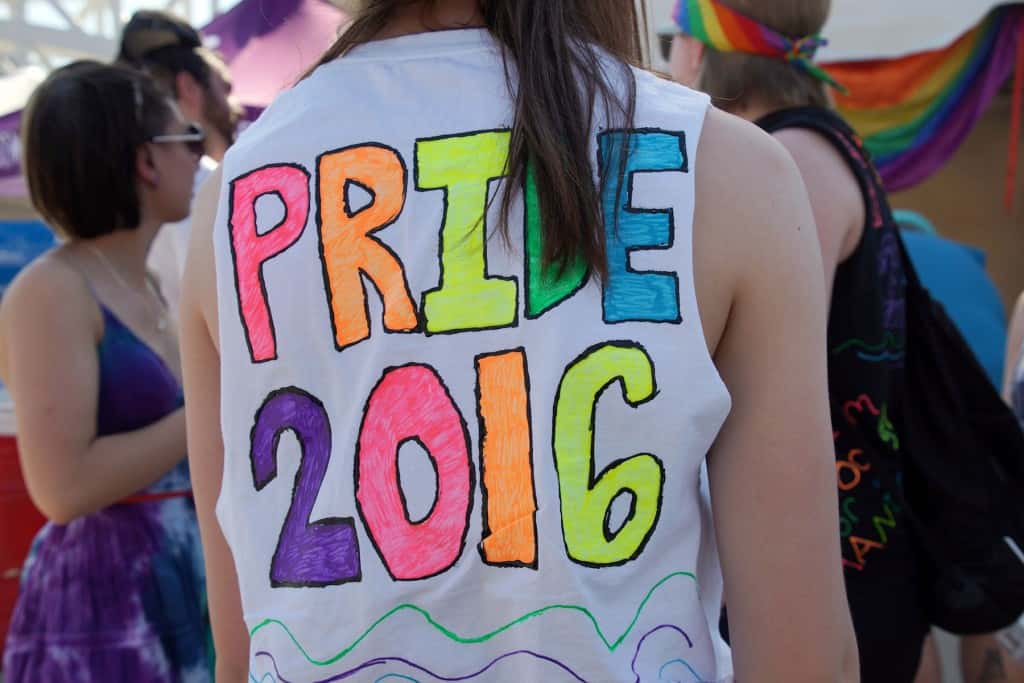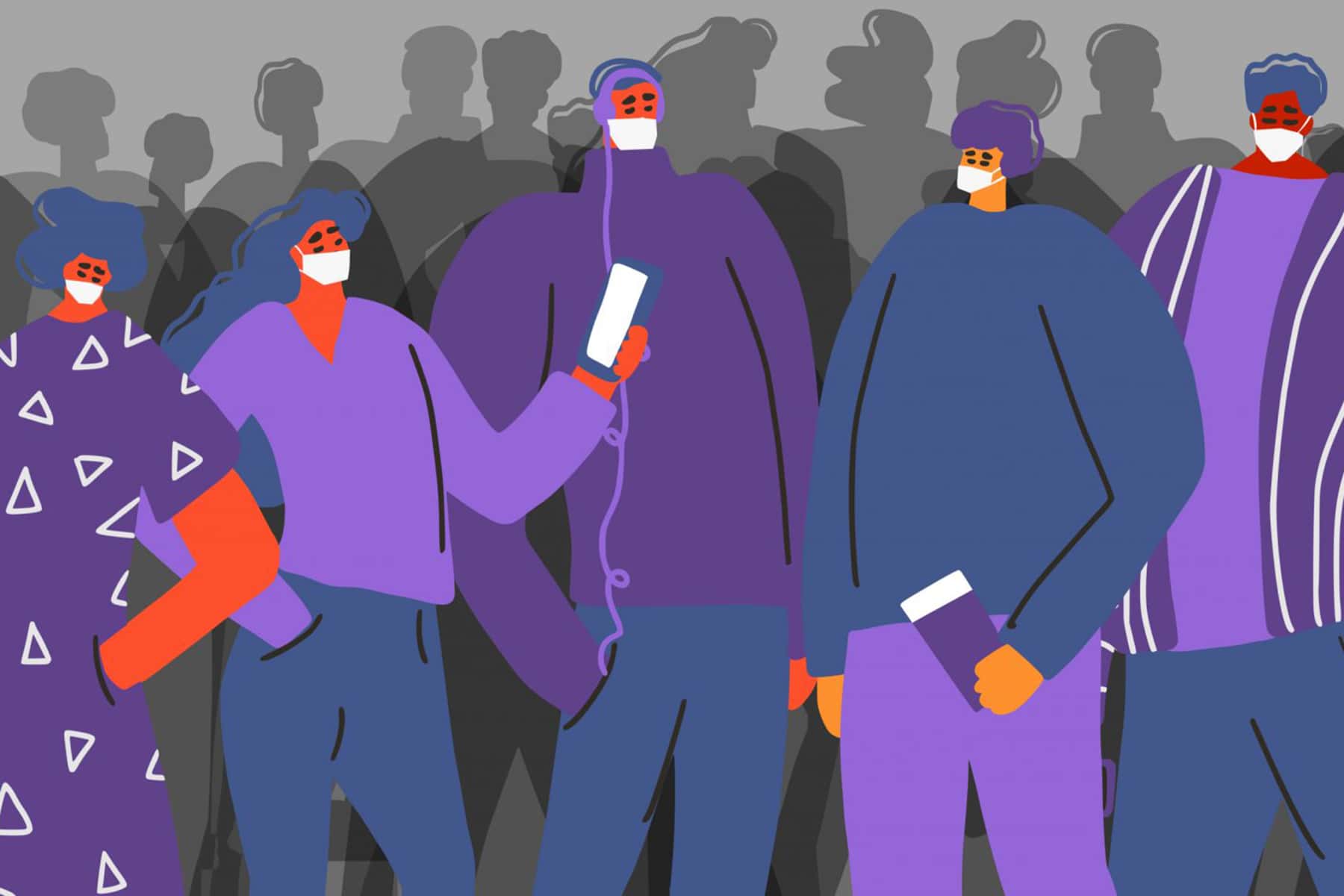
Stop me if you have heard this sentiment before. “We’re all in this together.” At least outwardly, a spirit of fraternity is abundant these days. Celebrities are donating and raising money for charitable causes. Commercials from businesses across industries pledge their services and solidarity “in these uncertain times.” Average people are dotting their lawns with signs thanking first responders, medical professionals, and other essential workers, and are delivering meals to neighbors in need.
When many of us express our appreciation for people “on the front lines” of the COVID-19 response or feelings of conviviality, I don’t doubt that we mean it. Nevertheless, reducing the need of society to lift up all its members to a slogan can belie the reality that not everyone is impacted by this strain of coronavirus to the same extent. Moreover, even when speaking to our togetherness with good intentions, we may be papering over systemic flaws COVID-19 has exposed in such a raw way.
Though perhaps not with the same political charge, notions of “we’re all in this together,” to me, evoke a similar dimension of negating vulnerable populations as is evident from the promulgation of the phrase “all lives matter.” To emphasize a point, in good faith, this concept is understandable, if not admirable. Regardless of one’s ability, age, ethnicity, gender identity, religion, sexual orientation, work status, or other identifying characteristic(s), their life should have value. As a human being, this is meant to be an inalienable right.
In practice, however, the phrase “all lives matter” works to preempt and silence discourse around Black Lives Matter. It is designed to discourage recognition of the value of black lives as if to say that raising consciousness about issues facing blacks somehow aims to put them above all other groups.
First of all, this wrongly assumes all ethnic groups are on equal standing in terms of opportunity when this is clearly untrue to anyone who, you know, gives a damn about these things. It also falls prey to a logical fallacy. If all lives matter, black lives must matter as a function of being part of all lives. Unless you need a helpful Venn diagram to sort this out.
In addition, negating blackness or any other sort of pride among/solidarity with people of color lends itself to elevation of other groups who, perhaps through no or limited fault of their own as individuals help perpetuate a status quo steeped in patriarchy and white supremacist ideologies.
Despite recognition of the desire of many uniformed police officers to serve and protect their communities, waving a banner of “blue lives matter” often signifies a reflexive defense of bad actors and a failure or unwillingness to confront a criminal justice system that disproportionately impacts people of color in a negative way and incentivizes the transformation of small-town police forces into miniaturized military units. For all the professed iteration of camaraderie among uniformed police, the blue lines painted on streets in some towns may just as well serve as symbols that members of minority groups are not truly welcome there.
It is through this lens that we may view how our newfound oneness may be exaggerated or how efforts to further divide us may be obscured by shows of humanitarian concern. After all, who is being victimized at a much higher rate than their percentage of the population should dictate? Americans of color, for one, particularly black Americans.
In city after city, blacks make up the majority if not the vast majority of deaths related to COVID-19. This is not an indictment of their personal habits, but rather a tragic set of circumstances that underscores existing inequalities facing communities of color. Blacks and Latinos are more susceptible to the symptoms of COVID-19 owing to various preexisting conditions mediated by income and wealth inequality, lower access to affordable healthcare, prejudices against people of color by medical professionals (conscious or unconscious), and other factors. It is not just here in the United States either. In countries like the United Kingdom and South Africa, blacks are several times more likely to die from COVID-19 than whites. This problem is not uniquely American.
Those who lack the means to practice social distancing and/or stay home to help safeguard themselves from infection, irrespective of race, are likewise and frustratingly large casualties of this disease. Seniors, notably those residing in nursing homes and comparable facilities, have been hit especially hard by COVID-19, and the staff caring for them are at elevated risk to boot. The homeless, already regarded with a blind eye or derision by much of society, are particularly vulnerable in their own right herein, not to mention asked to bear insult on top of injury in places like Las Vegas where they’ve been directed to sleep in rectangles on the pavement to observe distancing guidelines.
Low-level offenders in jails and prisons and migrant detainees, again predominantly people of color. Rural America, for which access to healthcare is already frequently suspect. In any direction you look, there is hardship to be found, with those used to bearing the brunt of the country’s inadequacies and ills forced to suffer even more, unprotected by a social safety net which politicians have neglected to adequately defend or have been active in trying to erode.
At the same time the public sector up and down the levels of government has failed Americans, the private sector hasn’t necessarily stepped up to the plate in its own right. For all the glorification of “essential” workers in this moment, in so many cases, they have encountered shortages of personal protective equipment, forced to labor for already-too-low wages without the possibility of paid sick leave in work environments where social distancing protocols aren’t observed.
If they try to take action against their employer in the form of collective action, they run the risk of termination. To make matters worse, as states push to reopen amid fears about the economy and as Republican leaders seek to shield employers from liability, workers’ rights and health will be increasingly jeopardized. In this respect, employees are not seen as essential, but expendable in the relentless pursuit of capital.
This is the economic, political, and social landscape we find ourselves in now. As much as we as push for positive transformation, our efforts won’t make nearly the difference we need them to make without a fundamental rethinking of how our institutions should work, what needs to be done to fix them if not completely rebuild them, and who benefits or doesn’t benefit from its operation and structure. This is to say that hope for change and belief in the the power of people to change are only as good as our collective vision of how to lift up everyone regardless of how we may differ and despite concerted attempts to resist real progress.
So many Americans are seeking a return to normalcy, whether that comes in the form of easing social distancing restrictions in the face of potential danger, opting for an old-guard presidential candidate who reminds them of less turbulent times, or not having to worry about how their oil stocks are plummeting. Whether that “normal” is equitable, sustainable, or even in their best interests, though, is worth scrutinizing amid our communal suffering.
“We’re all in this together.” That depends on who “we” are and who’s saying it.
Originally published on CitizenTruth.org as “We’re All in This Together.” Depends on Who “We” Are and Who’s Saying That.

